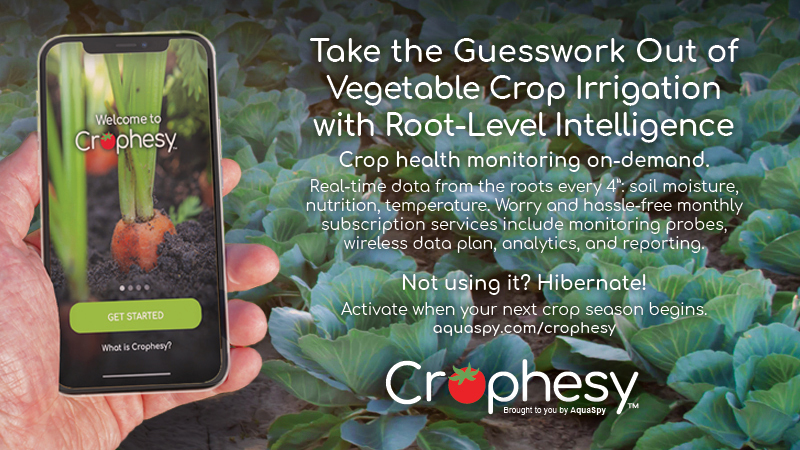Potato Pointers: A Grand Experiment
Perhaps at some point in the not-so-distant future we may be able to produce our crops with nothing but “friendly” pesticides applied at very low rates. If we ever reach that exalted state, my hope is that our move in that direction is made gradually, giving us time to assess how such changes will impact our pest problems and time to develop effective management responses.
As I prepare this article, the European Union is strongly considering the implementation of an immediate ban on the use of pesticides containing more than 30 active ingredients, some of which are mainstays in current pest management strategies. The aim of this legislation appears to be a movement towards more “green” production practices for all crops across the entire continent over the next few years.
As you would expect, there are some extreme viewpoints being expressed concerning this pending decision. Some European experts are predicting unmitigated disaster with the pests taking over and crop losses of 40% or more being the result. Opinions on the opposite end of the spectrum dismiss these warnings as strident over-reacting and “scare tactics.”
Exactly how the ban would influence pest problems will remain unknown until the ban is put in place, but North American agriculture can, at the very least, get a lot of valuable information without facing the increased risks and increased costs that could be faced by European producers. Many of these potentially banned substances are not only very effective, they are also some of the least expensive alternatives for pest control.
Crucial Crop Protectants
From my viewpoint, several of the targeted pesticides are crucial to the continued effectiveness of other pesticides. In Europe, as it is worldwide, late blight (caused by Phytophthora in-festans) is the most destructive disease of potato. Two chemistries on the list, mancozeb and chlorothalonil, are extremely important tools for potato late blight management. Not only are these two chemistries effective for disease management when applied by themselves, they are also used in alternation or combination with other active ingredients as a vital part of pesticide resistance management in the late blight organism.
Mancozeb has been in use since the 1940s and chlorothalonil since the 1950s and there has never been a single report of fungicide resistance concerning either of these two chemistries. These two fungicides are also used on many other crops to manage a long list of disease problems. The fungicide resistance management qualities of these chemistries are just as vital for these other crop pests. Could this ban mean shorter effective lifespans for some of the chemistries that remain on the approved list?
What this potential ban means to American vegetable producers is also unknown, but some things seem pretty obvious. Any fresh American produce or products (canned goods, etc.) destined for Europe would likely have to test free of residues of any of the banned substances, possibly banning them for use by American producers who wish to export to this market. Other, as yet unforeseen, problems could also arise.
At the present time, the argument in Europe rages on, but an implementation of the ban appears to be a strong possibility. If the doomsayers in Europe are correct, there could be some real problems ahead for European producers. If those with opposing views are correct, Europe will enter a brave new world of agriculture and the downsides will be negligible. One thing is certain, those of us on this side of the Atlantic stand to learn some valuable lessons about the direction our own agricultural practices might go in the future. Or not. This is one “Grand Experiment” that will bear watching.










